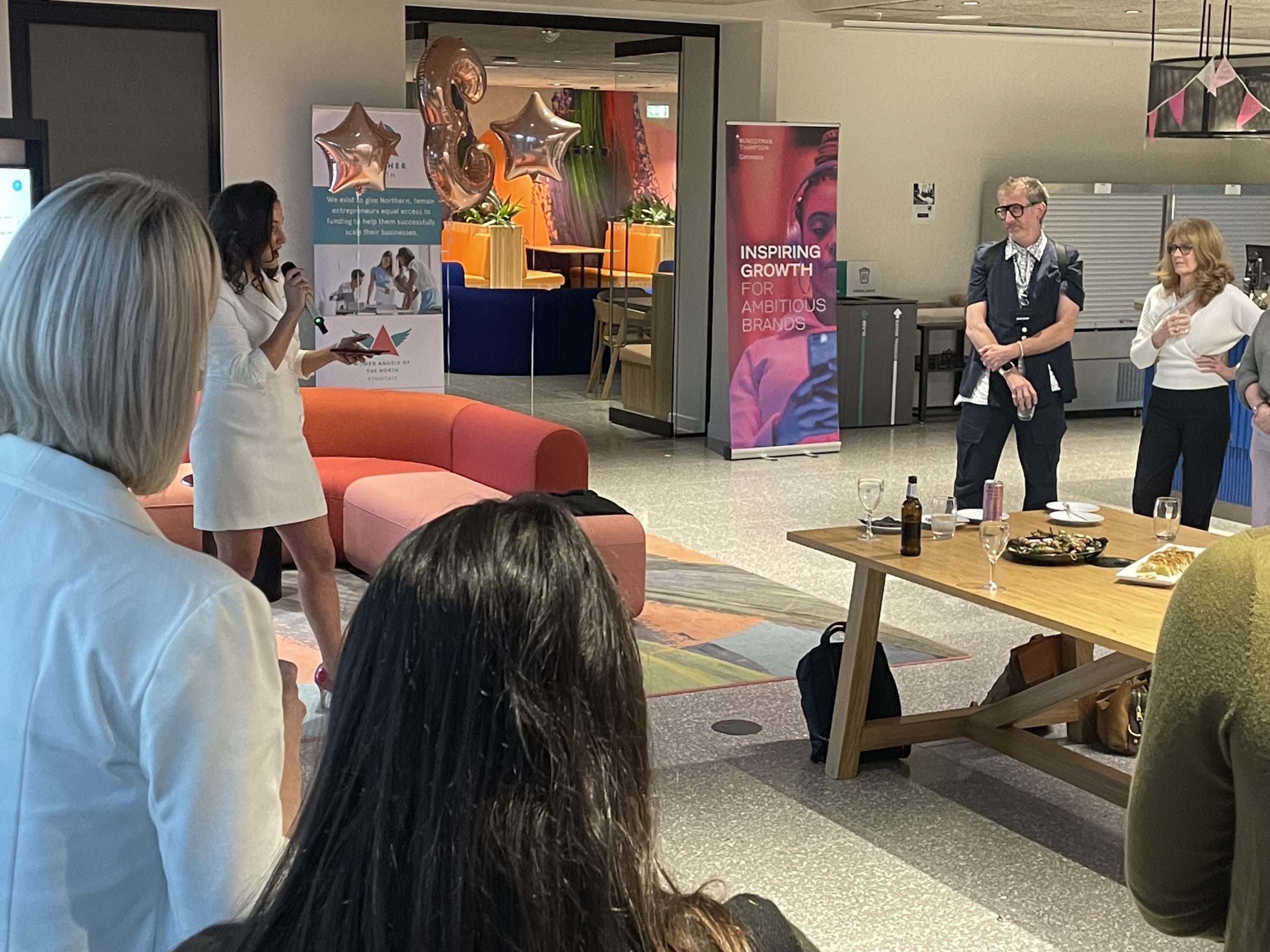Take your ideas and turn them into £££.
Because that’s what we’re all striving for, right? Consistent profit. Scalability. Sustainability.
Collaborative innovation is where it’s at.
Why is collaborative innovation so good for business?
According to Alfons Cornella, Founder of Infonomia and Co-society, there’s a very simple explanation:
“The world and the markets are too complex to try to settle them on our own.”
Indeed, why go it alone, when we can generate more value for customers by pooling our knowledge?
Collaborative innovation is…
“Conducive to the formation of ‘new resources’, resulting in knowledge spillover, bringing ‘collaborative surplus’ to enterprises, and breaking through resource constraints” – MDPI research on Collaborative Innovation
All good profit generating stuff. There’s just one problem:
It’s a lot easier for the big corps, than it is for us SMEs. We don’t have the same access to big chunks of money, far-reaching networks, extensive resources and know-how to get the same idea-to-profit results.
Researchers of the Journal of Business Economics and Management put it well –
“Larger firms have greater capacity and more resources (research, technology, marketing skills, financial autonomy, experience, teams) to develop and implement successful innovations”
Having said that, hope is by no means lost for smaller businesses…
Successful, profitable, collaborative innovation involves people across all disciplines and walks of life – it’s not just for the big corporations who have the right resources – who have the expensive consultants and the domineering CEOs. It’s for SMEs too.
So, according to Cornella in his Harvard Business Report on co-innovation here’s what you need to do to make innovation work for you (i.e. turn those ideas into £££)… With a Groundswell Innovation twist added in, of course!
- Share – it’s the generosity in sharing knowledge that creates the conditions for collaboration, and that begin to ignite sparks of potential. From inter-department to cross-sector collaboration, when you pool data, skills and expertise, you can build a bottomless well of innovative opportunities. And with the right people involved, you’ll find it much easier to decipher which of those opportunities is most viable.
- Trust – collaboration isn’t about one party taking advantage of the other. All parties need to understand the common goal… and what’s required of them to succeed. You need to make sure all stakeholders can answer the question: what’s the purpose of this collaboration? People need a strong reason to share their hard-earned insight willingly.
- Be understanding (read: patient) – innovation is a long-term game, so don’t expect short term gains. This is where most businesses get stuck; too many people want the quick fix, the easy money. But that’s not sustainable. You need to make a long-term game-plan and stick with it… Trials and tribulations make up the fabric of innovation!
- Authorise – as a CEO you need to be fully on board with the innovation process.You need to lead by example. If you’re not all in, then your employees won’t be either. What’s more important though is the idea of permission/authorisation – give your employees permission to explore, test, investigate and question. Give them permission to fail: not every idea will be a good one, but each one will offer a lesson.
- Collaborate rather than compete – Competition will be seen as a failed collaboration. Remember that common goal? It’s not about who gets there first, or who put more resources into getting it… You joined forces to reach a goal, and that partnership is the reason why you’ll succeed – you’re a team!
Great ideas right? But let’s see how that actually fits together in real life!
Collaboration nation?
As a nation, we’re already witnessing the value of collaboration as our intersectional enterprises come to fruition.
Cross-sector
Homes for Cathy have a mission to tackle the link between homelessness and poor health. They’re working with various partners across the health, social care, and housing sectors, to provide:
“Intensive support for each person to improve their health outcomes and also their life skills and tenancy skills, so they have more likelihood of being able to move on to more secure, permanent accommodation in the long term.”
Good quality housing = good quality health + reduced strain on the NHS.
National collaboration
The Eden Project North. What was a vision is now in full swing, and will mean a much-needed boost for Morecambe and the North West.
Key stakeholders, including the city council, Lancashire County Council, the Lancashire Enterprise Partnership, Lancaster University, local businesses, industry experts and the general public have all been a part of making this happen. Eden brought people together to think about ideas, and not just the end-goal … there have been spin-offs and other projects that will also benefit the area.
International collaboration
As we’ve already discovered, most innovation relationships are national or cross sector in scope. But the Connected Places Catapult is going one step further to bring ‘high potential’ cities (such as in the UK and South Korea) together through their Innovation Twins Programme, to enable collaboration and support between both countries across:
“Government, business and academia to drive real outcomes… accelerate long-lasting R&I collaborations and create a pipeline of opportunities for bilateral trade and FDI.”
Creating a thriving, innovative, global economy is within reach, though not without its challenges.
Collaboration will get us there. But it has to become the norm.
To talk to us about innovating in your business, get in touch. We work with businesses in Lancashire, the North West, and beyond.







